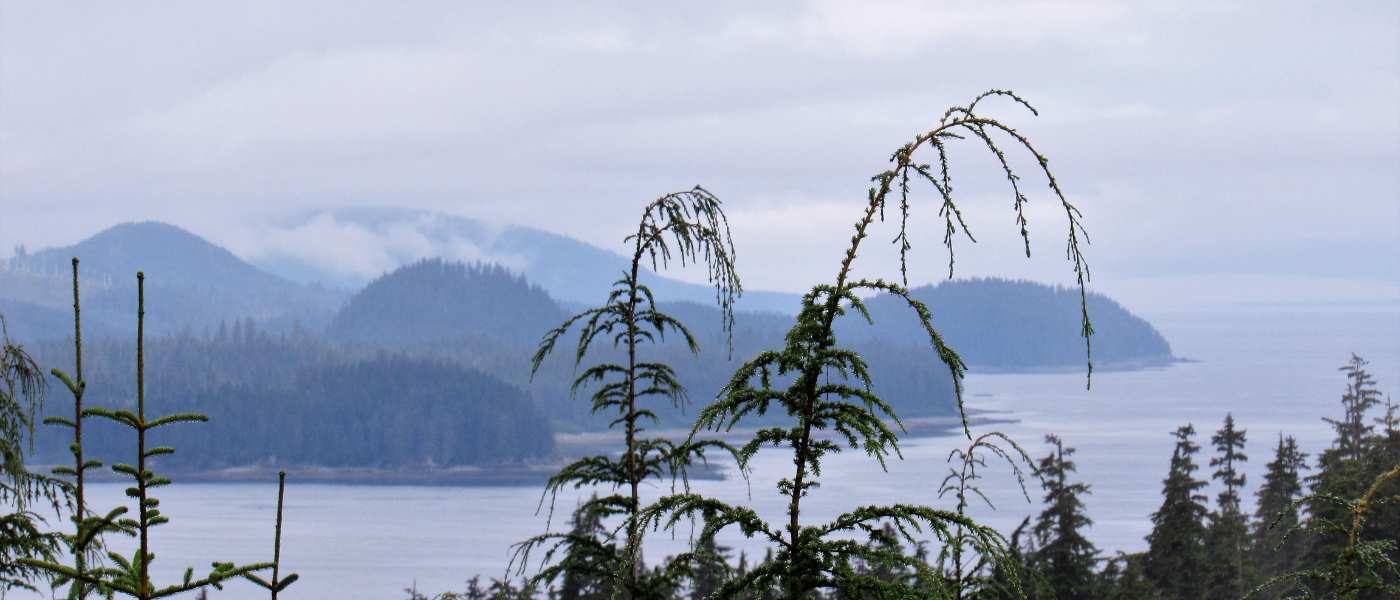
.jpg)
The best time to visit Chichagof Island is between May and September, when the weather is relatively mild, wildlife is abundant, and tour operators are active. July and August offer the best conditions for bear watching, fishing, whale spotting, and kayaking. Winters are harsh and remote tourism is nearly impossible.
What is the island known for?
Chichagof Island is famous for its pristine wilderness, high brown bear population, Tlingit cultural heritage, and remote coastal communities like Hoonah and Tenakee Springs.
Is the island a good destination for families?
Yes, especially for families who love nature and outdoor activities. Wildlife tours, cultural experiences, and calm coastal adventures offer meaningful bonding experiences.
Is the island a safe destination for tourists?
Generally yes, though visitors must respect wildlife and take precautions. Bears are common, so guided tours are recommended. Crime is very low.
Do you need a visa to visit the island?
If you're traveling from outside the U.S., standard American visa rules apply. U.S. citizens do not need a visa.
What is the best way to get to the island?
Fly into Juneau International Airport, then take a seaplane or ferry to Hoonah or another village. Private boats and cruise ships also visit.
Should I rent a car on the island?
Only in Hoonah, where there are a few roads. Most transportation is via boat, plane, or on foot.
Is the island wheelchair accessible?
Accessibility is limited. Some areas like Icy Strait Point are adapted for mobility needs, but rugged terrain can be a challenge.
What are the island’s most famous landmarks?
Icy Strait Point, Tenakee Springs Bathhouse, Hoonah Cultural Center, and the bear-filled wilderness of Tongass National Forest.
What are the best beaches on the island?
While not traditional sunbathing beaches, areas like Port Frederick and Tenakee Inlet offer scenic coastlines and tide pooling.
What is unique about the island’s wildlife?
Its brown bear population rivals any in the world. It’s also a hotspot for bald eagles, whales, sea otters, and salmon.
What traditional foods should you try on the island?
Fresh-caught salmon, halibut, smoked fish, wild berries, and Tlingit dishes like dried fish and hooligan oil.
Can you drink tap water on the island?
Yes, tap water in the villages is treated and safe to drink. Always ask when visiting remote lodges.
What is the nightlife like on the island?
Quiet and community-based—think local bars, storytelling, or campfires. No clubs, but authentic local interactions abound.
How can I stay connected to the internet on the island?
Wi-Fi is available in main villages like Hoonah, but expect slow speeds and limited coverage in remote areas.
What are some local souvenirs to bring home from the island?
Hand-carved Tlingit art, smoked salmon, bear-themed crafts, beadwork, and local photography prints.
